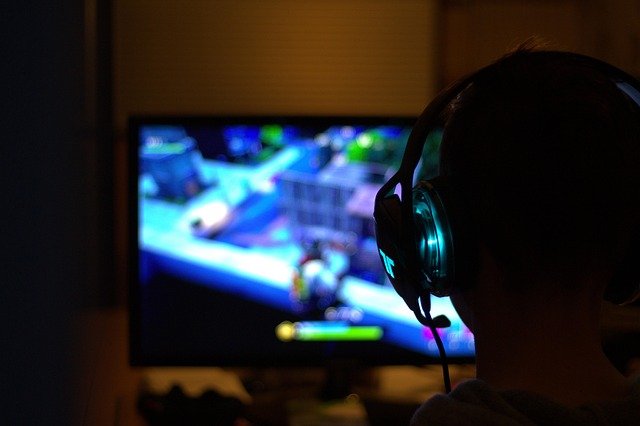Monitor Selection and Calibration for Accurate Color
Accurate color reproduction depends on deliberate monitor selection and a consistent calibration workflow. This article outlines how display technologies, graphics hardware, and system setup influence color fidelity, and offers practical steps for choosing a monitor, preparing your system, calibrating reliably, backing up profiles, and responsibly recycling displays.

Accurate color begins with choices across hardware and workflow, not just the monitor itself. A display with wide color gamut and stable uniformity helps, but the GPU, cabling, system stability, and thermal management all contribute to consistent results. A repeatable calibration process and safe archival of profiles ensure long-term reliability, while proper disposal or recycling closes the lifecycle responsibly.
How to choose the right monitor?
When selecting a monitor for color-critical work, prioritize panel type, gamut coverage, factory calibration, and uniformity. IPS panels typically offer wider viewing angles and better color consistency than VA or TN variants. Look for advertised coverage of sRGB, Adobe RGB, and DCI-P3; monitors targeting photography and design often specify Delta E values and include factory calibration reports. Screen size and resolution should match your workflow: higher pixel density gives finer detail but demands more GPU power. Consider matte versus glossy coatings for glare control and review uniformity specifications or user measurements to avoid tint shifts across the panel.
Does the GPU affect color accuracy?
The GPU plays a key role in color output, especially for wide-gamut displays and high bit-depth workflows. Modern GPUs support 10-bit color pipelines and hardware color management when used with compatible software and display interfaces. Ensure your graphics card drivers are up to date and configured for the correct color depth and output format. For critical work, use a GPU that supports full range RGB, proper color space tagging, and stable output over long sessions. While the GPU does not correct an uncalibrated panel, mismatched GPU settings can introduce banding or incorrect gamma, so coordinate GPU settings with your calibration profile.
Are motherboard, SSD, and NVMe relevant?
Motherboard, SSD, and NVMe hardware do not directly change displayed colors, but they affect stability and workflow speed. A reliable motherboard and power delivery system reduce crashes that can corrupt calibration settings. Fast SSDs or NVMe drives improve file access and preview responsiveness when working with large image files, making it easier to evaluate color at full resolution without delays. In practice, ensure your system has stable drivers and sufficient performance so that software rendering, caching, and color-managed previews operate smoothly during editing and validation.
Does cooling and thermal setup matter?
Thermal behavior influences component performance and, indirectly, display consistency. Overheated GPUs can thermally throttle, which may impact rendering performance and driver behavior. Poor case airflow or failing fans, heatsinks, or degraded thermal paste can cause inconsistent output under load. For desktop color workflows, maintain adequate cooling with functional fans and heatsinks, apply appropriate thermalpaste when assembling or servicing, and ensure the monitor itself is placed where it can dissipate heat. Stable temperatures help ensure consistent performance from GPU and CPU during long calibration or rendering sessions.
How to manage cables and connections?
Good cable management and correct connections support reliable color delivery. Use high-quality DisplayPort or HDMI cables rated for your target resolution and refresh rate; cable bandwidth limitations can force downsampling or reduced chroma subsampling, which affects color fidelity. Keep cable runs neat to avoid strain on ports, and prefer direct connections over extended adapters or splitters for critical work. Organized cablemanagement also reduces electromagnetic interference and makes it easier to swap or test alternate inputs when troubleshooting color discrepancies between devices.
How to calibrate, backup settings, and recycle?
A routine calibration workflow includes warming up the monitor, using a colorimeter or spectrophotometer with software that supports your target color space, and saving ICC/ICM profiles. Calibrate to a consistent white point (commonly 5000K–6500K depending on print or web intent), gamma (usually 2.2), and luminance appropriate for your environment. Save and back up calibration profiles and software settings to an external drive or cloud storage so they can be restored after system updates or a hard drive failure. When a monitor reaches end of life, follow local regulations for electronic recycling; many manufacturers and retailers offer take-back or recycling programs to ensure hazardous materials are handled responsibly.
Conclusion
Accurate color requires attention to display selection, GPU and system configuration, thermal and cable integrity, and an established calibration routine with backups. Treat calibration as part of an ongoing workflow rather than a one-time task, and plan for responsible recycling when hardware is retired. Together, these practices improve repeatability and confidence in color-critical results.





